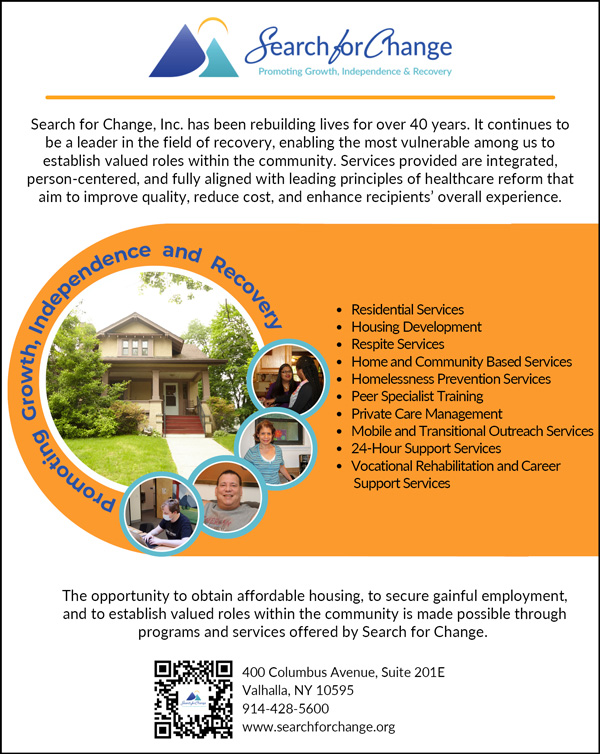The field of psychiatry has been governed by a medical model of illness in recent decades. This model posits behavioral health conditions, including anxiety and depression, are manifestations of biological abnormalities that may be corrected through interventions commonly employed in other branches of medicine. This model underpins a pharmaceutical approach to treatment that has dominated the landscape of behavioral healthcare, as evidenced by a proliferation of psychotropic medications and a commensurate increase in expenditures on treatments of questionable value. The global market for psychotropic medications is currently valued at $23 billion, and it is expected to reach $30 billion by 2030 (Mordor Intelligence, 2025). This trend has been driven by a host of factors including an age-related increase in the prevalence of mood disorders, widespread use of antidepressant medications among primary care providers, and initiatives driven by health insurers that incentivize “adherence to” prescription medication regimens, among many others. Nevertheless, behavioral health treatment outcomes remain mediocre at best and belie the purported value of massive investments in the pharmaceutical industry.

Rates of anxiety, depression, and suicidality have reached unprecedented levels in the U.S. despite our increasing reliance on psychotropic medications to alleviate symptoms associated with these potentially debilitating conditions. According to a Commonwealth Fund report, in 2021, the most recent year for which reliable global data were available at the time of its publication, the U.S. had a higher suicide rate than nine other high-income industrialized nations (The Commonwealth Fund, 2024). The declining state of mental health in the U.S. has been attributed to a host of factors, most notably the COVID-19 pandemic and its associated socioeconomic and political effects (National Institute of Mental Health, 2024). An extensive body of research has confirmed the prima facie proposition that severe stress may produce or exacerbate anxiety and depression, so it is unsurprising that the pandemic engendered a national crisis in mental health. What is (or should be) surprising, however, is that the U.S. has fared considerably worse than its peers despite robust investments in both the pharmaceutical industry and healthcare overall. Measures of national healthcare spending on a per capita basis or as a share of Gross Domestic Product (GDP) continually place the U.S. in a “leading” position relative to other wealthy industrialized nations. Such an unmistakably inverse correlation between investments in a biomedical approach to treatment and indicators of mental health warrant extensive scrutiny at the very least, if not a fundamental reevaluation of the premise on which this approach rests.
Deficiencies in the biomedical model have become increasingly apparent to key stakeholders in public health. In 2014, the World Health Organization (WHO) published an assessment that concluded with a searing indictment of the “status quo, preoccupied with biomedical interventions, including psychotropic medications and non-consensual measures, [that is] is no longer defenseless in the context of improving mental health…” (Leventhal, 2024). This report further characterized biomedical approaches as “reductive” because they neglect socioeconomic factors implicated in individual and societal mental health. The WHO’s assessment is consistent with others promulgated by leading researchers who have dedicated their career to uncovering the genetic origins of mental illness but now conclude psychological trauma, not genetics or biology, is a primary determinant of mental illness (Leventhal, 2024). Others have heeded this clarion call for a paradigm shift and public policy is now following suit.
The role of socioeconomic factors in mental health, alternatively described as Social Determinants of Health (SDoH) or Health-Related Social Needs (HRSNs), has gained considerable currency in recent years, as evidenced by sweeping initiatives of the New York State (NYS) and federal governments that commit increasing shares of public resources to measures designed to address the HRSNs of vulnerable populations. On January 1, 2025, NYS launched such an initiative pursuant to Section 1115 of the Social Security Act. This Section permits states to utilize Medicaid funding in a manner not customarily authorized under federal guidelines, provided such uses advance the overarching objectives of the Medicaid program and are approved through an extensive review process conducted by the Center for Medicare & Medicaid Services (CMS). NYS implemented this initiative, entitled the “New York Health Equity Reform (NYHER) Waiver,” in furtherance of laudable aims that, if achieved, should yield measurable improvements in mental health (and health overall) among our most vulnerable residents. In short, the NYHER aims to facilitate recipients’ access to transportation, nutritional assistance, care coordination, and housing-related services not previously available through the Medicaid program. To access these services, recipients must be enrolled in a Medicaid Managed Care program and demonstrate a need for them through an assessment process administered by a representative of a Social Care Network (SCN) serving their region. These SCNs serve as administrative intermediaries between the NYS Department of Health, Managed Care Organizations, local [county] governments, and private Community Based Organizations, among others. The NYHER also aims to address an enduring workforce crisis within the behavioral health and social welfare sectors by establishing professional development and loan forgiveness opportunities on which the success of its core objectives depends. The foregoing developments are surely promising, but their realization requires sustained commitment among a host of entities spanning various sectors of our health and social welfare infrastructure. Furthermore, this initiative “sunsets” in March 2027, and although NYS has pledged to support its most essential elements in perpetuity irrespective of continuing federal financial participation, other actions emanating from Washington, most notably those authorized through the recent budget reconciliation process, are poised to upend the NYS budget and to necessitate a reevaluation of available resources.
The NYHER is one of many ambitious initiatives borne of an emerging recognition that conventional (i.e., biomedical) treatments for anxiety, depression, and related mental health conditions are insufficient to improve the behavioral health of those for whom life’s most essential needs go unmet. Nevertheless, stakeholders of our behavioral healthcare system would be wise to temper their enthusiasm with the understanding this initiative, however well intended, must contend with deeply entrenched interests that perpetuate the dominance of the biomedical and pharmaceutical industries.
Ashley Brody is the Chief Executive Officer at Search for Change, Inc. Ashley Brody, MPA, CPRP may be reached at (914) 428-5600 (x9228) or abrody@searchforchange.org.
References
Leventhal, A. (2024, January 16). Accounting for Mental Disorder: Time for a Paradigm Shift. Mad in America. https://www.madinamerica.com/2024/01/accounting-for-mental-disorder/
Mordor Intelligence. (2025, July 15). Psychotropic Drugs Market Size & Share Analysis – Growth, Trends, And Forecasts (2025 – 2030). https://www.mordorintelligence.com/industry-reports/psychotropic-drugs-market
National Institute of Mental Health. (2024, December 6). COVID-19 and Mental Health. https://www.nimh.nih.gov/health/topics/covid-19-and-mental-health
The Commonwealth Fund. (2024, May 31). Mental Health Needs in the U.S. Compared to Nine Other Countries. https://www.commonwealthfund.org/publications/2024/may/mental-health-needs-us-compared-nine-other-countries





